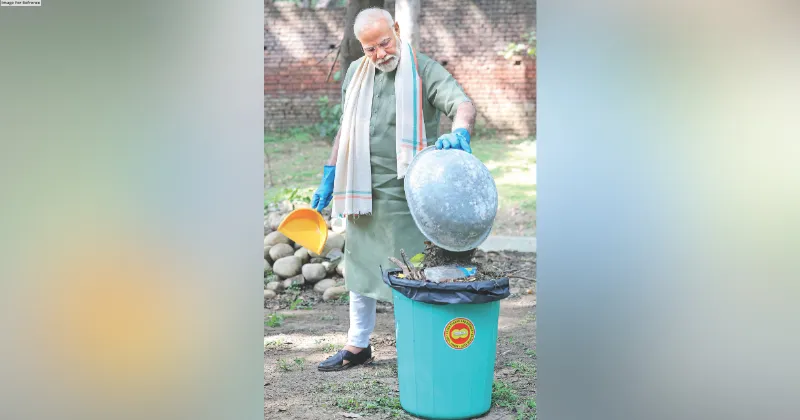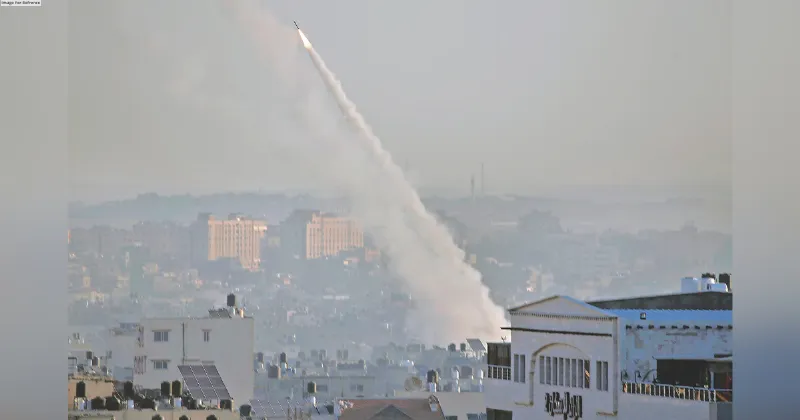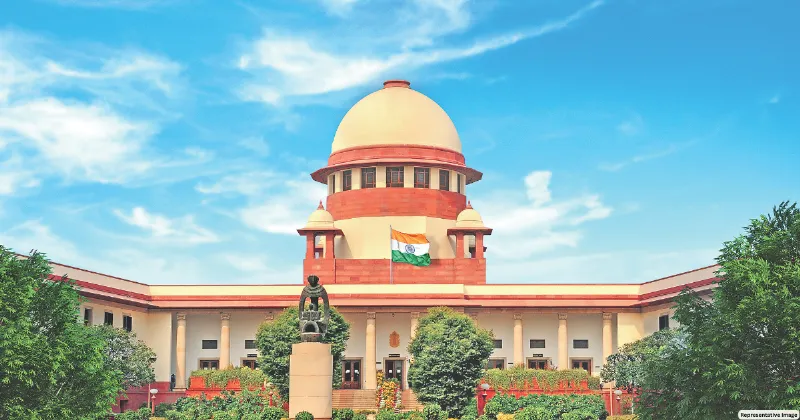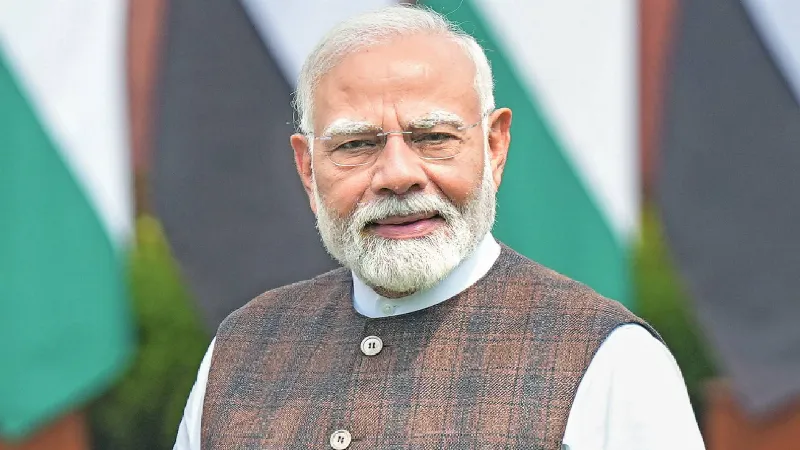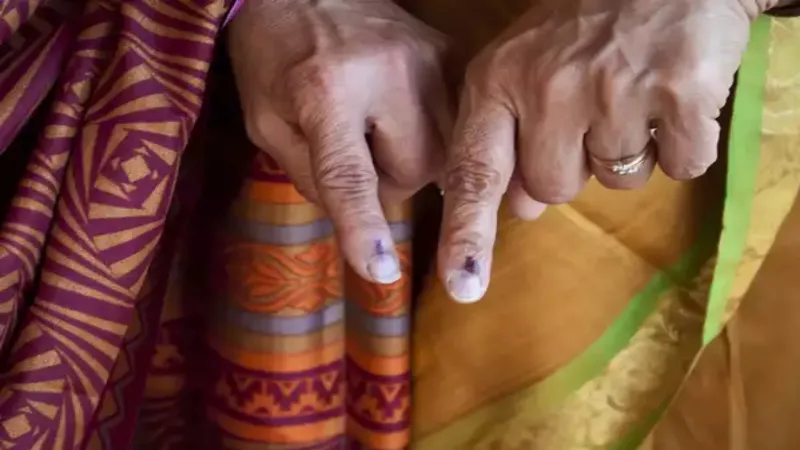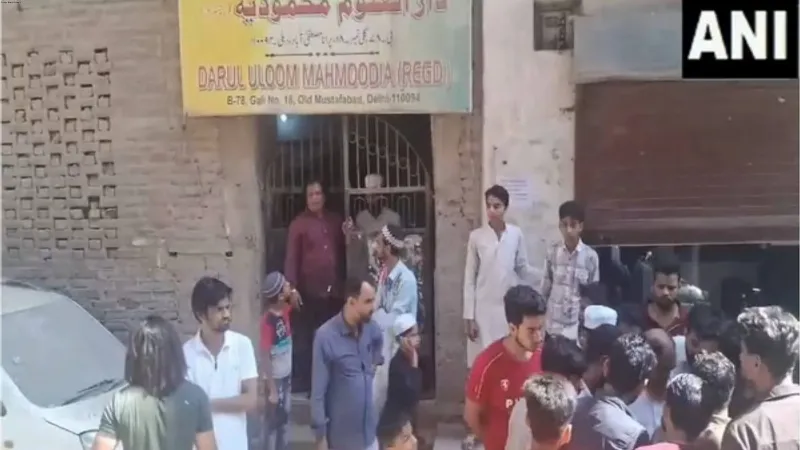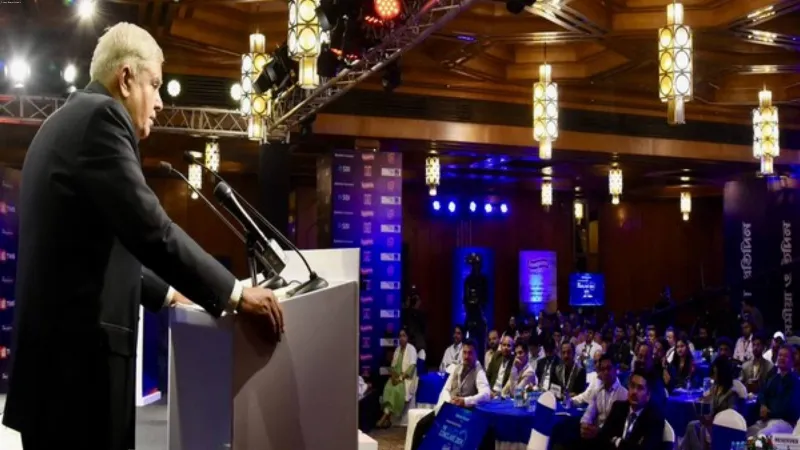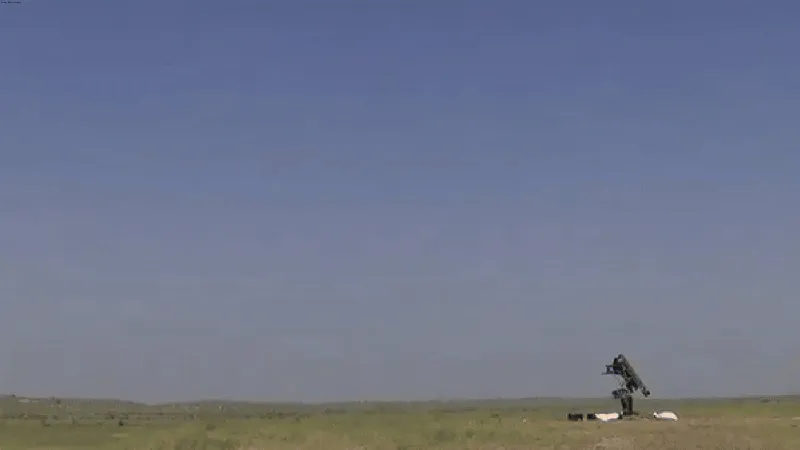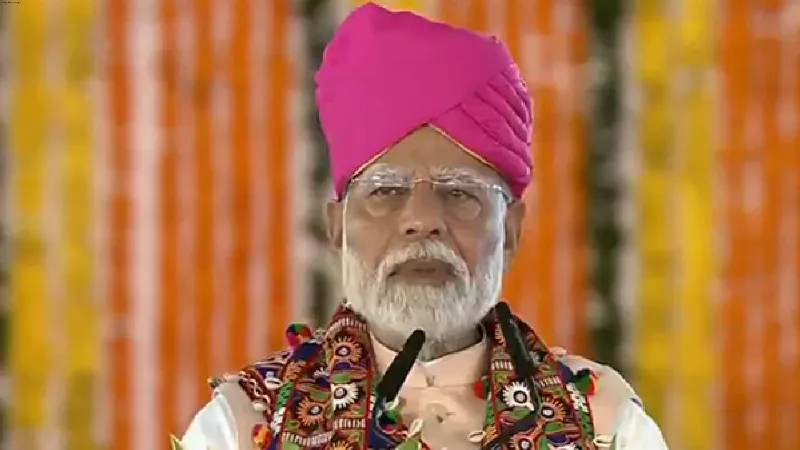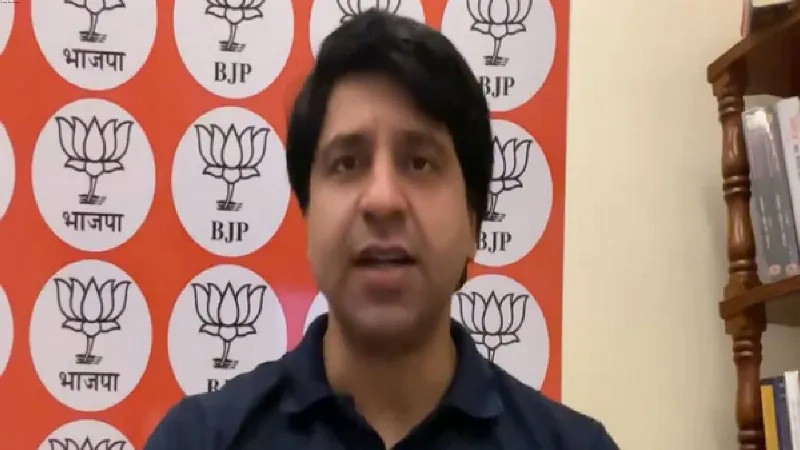Latest News
KASHMIR 370 & TRANQUILITY

In early 21st century, armed insurgency and public resistance resurfaced in Kashmir Valley. May be, in response to the failed strategy and policies of both, the central and the state govts. Hostilities included mass engagement in “quasi-brutality” that involved organized pressure groups by locals to trouble, call forth, frustrate and provoke the defence forces to increase the cost on the exchequer beyond acceptable standards. Well, this new trend in the valley was far more threatening than the armed insurgency itself.
On August 5, 2019, in a historic and significant move, the govt pre-empted and check mated the violence of miscreants and the misguided locals by revoking the autonomy provisions that granted a special status to the state. It was on this very day that the state was bifurcated into two Union territories of Jammu & Kashmir and Ladakh. Abrogation of article 370 and 35A gave rise to the hopes of India that this political re-engineering would end long standing insurgency and will ensure peace in the valley.
It’s now been over three and a half years since the decision of withdrawing the special status of the state was enforced. But have things really changed in the region? Has Kashmir really responded to the pivotal changes? As a keen student who has fought insurgency and terrorism thrice in J&K and in NE states, I critically examine the situation in the Valley after the abrogation of Article 370.
Of course, it is needless to mention that abrogation of article 370 anticipated three major advantages for the subjects of the erstwhile state. Firstly, better homogeneity within Indian Population as it allowed people of Kashmir to join hands with the rest of India. Kashmiris were at par with rest of Indian citizens and therefore, could apply for govt jobs and scholarships in the educational institutions. Secondly, the nation comes under one flag and no distinction remains as J&K subjects now become eligible for all central schemes of welfare, education and medical treatment. Thirdly, the economic derailment the state had witnessed during four decades of terrorism was to end to pave way for development as the private sector was expected to pitch in to provide thousands of job opportunities in new industrial set up.
It was presumed that when private investors begin to open industries in the region, 40% of jobless youth will find employment and would shun insurgency. Also, the investments would boost up the low land prices and the local populace would benefit in times to come.
As a military strategist, I considered that abrogation of article 370 and 35A had no major fall outs or noticeable disadvantages. Though, the local leaders considered it to be a fascist and undemocratic action and feared that it may further worsen the situation in the Valley. Somehow, deprivation of landline, mobile and net connectivity over hundreds of occasions coupled with the curbs introduced on the media did show trends of little reversal in the situation.
I would not prefer to acknowledge the statements of either party, supporting or opposing the abrogation of 370 but shall maintain that partial success has been achieved and more will be witnessed as the time passes by and the next generation sees the opportunities before them. Statements like Kashmir’s earlier status was responsible for stoking militancy or that the Kashmir is totally peaceful now, like never before, really lack credibility when we recognize the current status and apply mid-course correction to our progressive policy making.
The final litmus paper test of J&K quagmire will be when all 44,167 families of Kashmiri Pundits unite back with their roots and land. Indeed, it is a slow and tedious process and would require a complete shift in the strategies and policies to bring near normalcy in the region.
Another positive indication of peace and tranquillity in the region will be when people from other states start owning land, shops and properties in the Valley. As per govt statement in the Rajya Sabha in end 22, only 34 properties were purchased by non-Kashmiris and that too in the areas of Reasi, Udhampur, and Ganderbal districts only.
It is easy to question the gains of Article 370 and undermine the definite changes that have taken place in just 3 years. Nevertheless, we should remember that three years, in a nation’s history is too small a period to overcome such mammoth problems. Insurgencies last for centuries and need a careful, sensitive and a caring approach to resolve it.
THE VIEWS EXPRESSED BY THE AUTHOR ARE PERSONAL
COL ANUPAM JAITLY (R) The writer is defence expert, motivational speaker and corporate trainer



